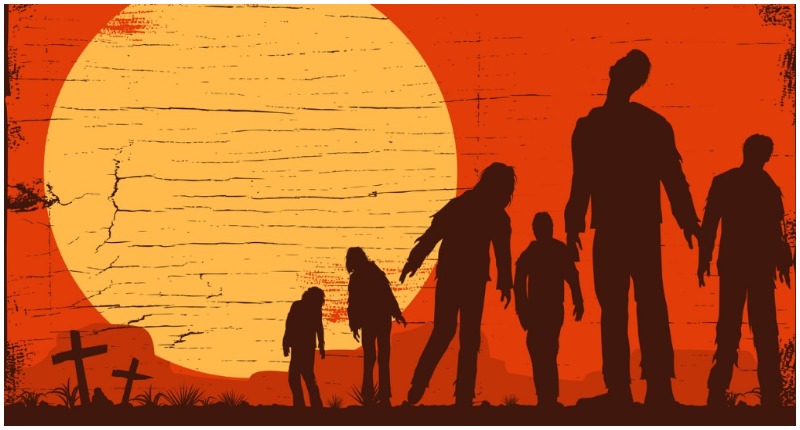50 years ago, Night of the Living Dead rewrote the rules for movie zombies. But it also had an impact on America’s burgeoning civil rights movement back in 1968.
Made in the same year as the assassination of Martin Luther King, it cast in the lead role Duane Jones, an African American actor. Jones’ presence was an eye opener in a divided country, and gave the strict and moralistic conventions of horror a good shake.
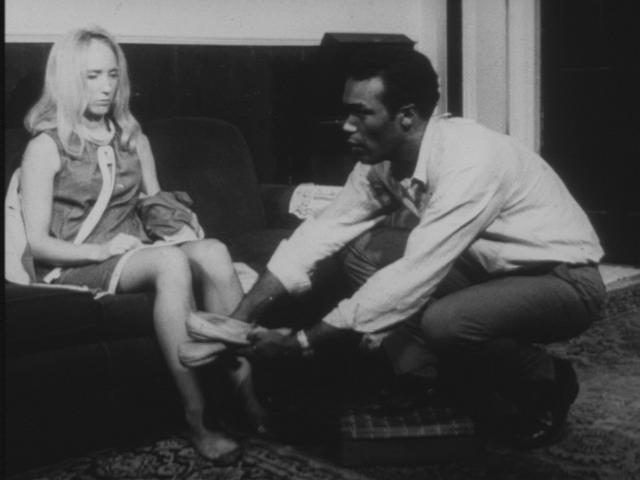
Jones played Ben, the hero of the piece who takes female lead Barbara (Judith O’Dea) into the claustrophobic farmhouse that becomes the main setting of the action. In his book Night of the Living Dead: Behind the Scenes of the Most Terrifying Zombie Movie Ever (2010), Joe Kane comments that “As originally written, Ben was a resourceful but rough and crude-talking trucker, a role initially envisioned for Rudy Ricci.”
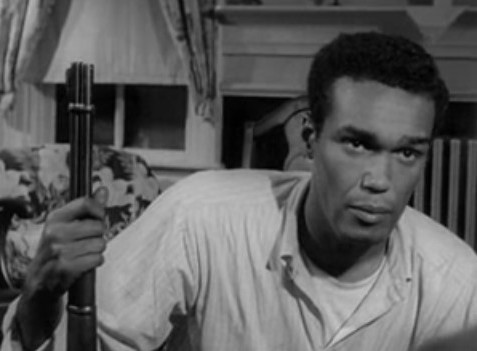
Impressed by his audition, director George A. Romero and his company decided to hire Jones instead. This groundbreaking move alone was enough to make Night of the Living Dead noteworthy. Romero
The Wrap quotes co-writer John Russo, who says “we always had black actors and we always gave a lot of work to people who had a tough time getting it. That was our nature, so we didn’t blink at casting a black actor in that role.” However the team also chose not to draw attention to the character’s race or make it an issue. This small yet seismic detail set the movie apart.
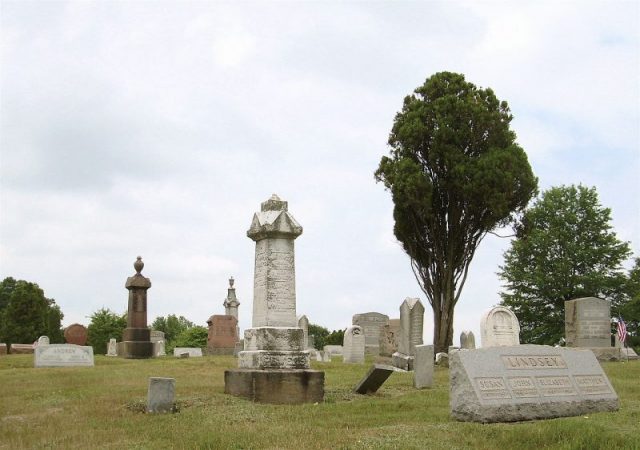
The context was there onscreen for all to see. For Romero and Jones, Ben was just another human being battling the ghouls.
These zombies (a term Romero didn’t use and which was never spoken in the film) created a level playing field, where all were equally zombified notwithstanding race. Celebrating the 50th anniversary, the Hollywood Reporter points out the movie’s overarching theme of indiscriminate damnation.
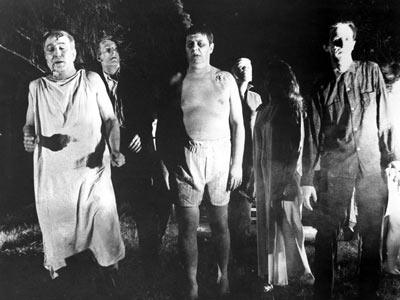
Its article comments, “Modern zombie efforts are often driven by hope… there is a sense that the zombie apocalypse isn’t the end but a chance for a new beginning, a biblical flood… In Night of the Living Dead, morality and goodness don’t mean salvation. These characters were damned from the start. Romero’s zombie film is driven by the nihilism of the American variety.”
While Romero saw Jones’ casting as a happy coincidence rather than an opportunity to hammer home a point, his leading man had a big influence on the writing of the part. Jones altered some of his dialogue, and helped shape the film’s bleak conclusion.
As quoted by The Wrap, Jones says it was he who ensured Ben was killed by his own side. “I convinced George that the black community would rather see me dead than saved, after all that had gone on, in a corny and symbolically confusing way…. The heroes never die in American movies. The jolt of that and the double jolt of the hero figure being black seemed like a double-barreled whammy.”
Read another story from us: 5 Classic Horror Movies Inspired by Crazy Real Life Events
The legacy of Ben has lived on as a groundbreaking moment for both horror and African Americans in film. And Night of the Living Dead stands as a seminal, genre-defining film, spawning countless remakes and sequels, the true grandfather of the zombie movie.
